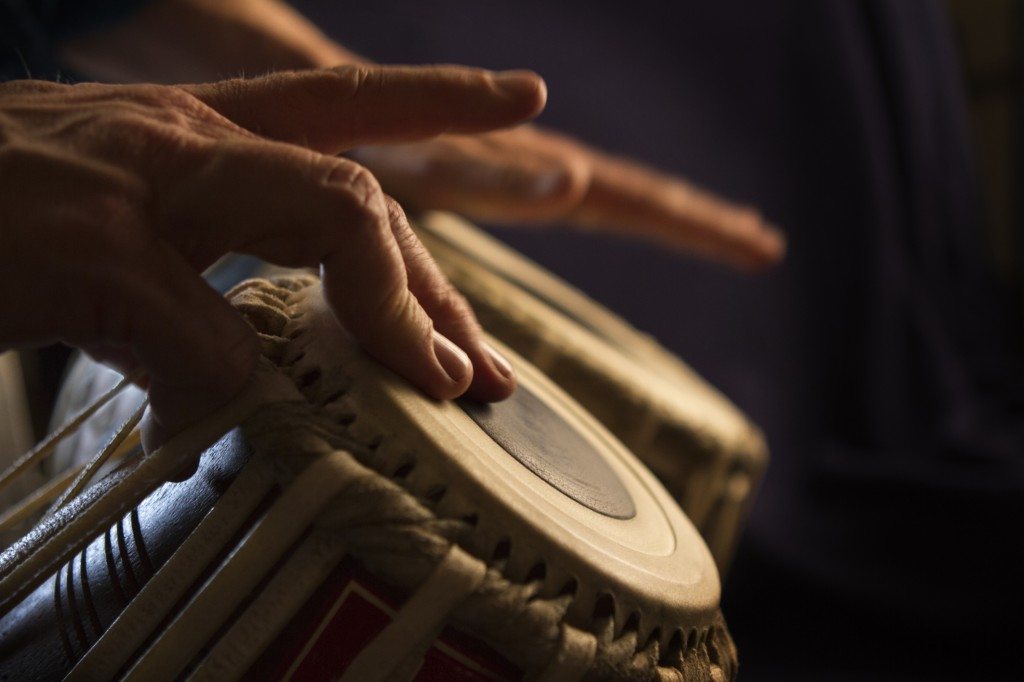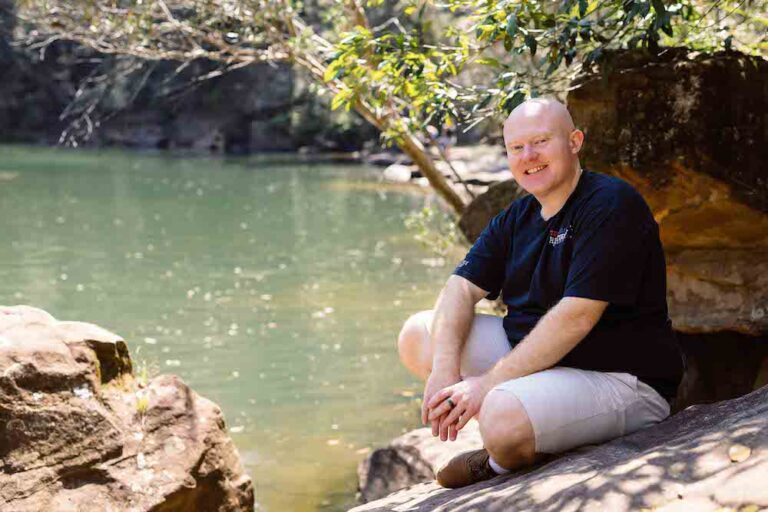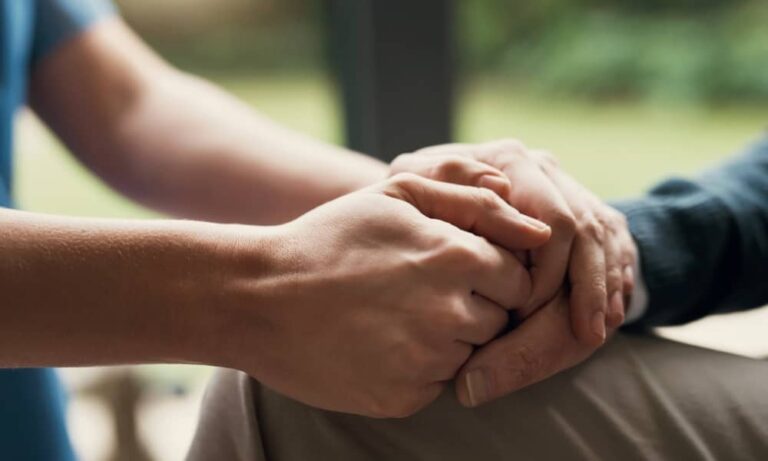Music as medicine dates back thousands of years, to the healing rituals of tribal societies. Research-based music therapy arrived much later, and recently, it’s been introduced everywhere from juvenile justice centres to aged-care facilities. The core of music’s healing properties is its rhythm, often as simple as the beating of a drum.
Music, considered a medicine for thousands of years, is being reinvented as a therapy for the stress and diseases of the modern world. From overworked corporates to elderly people suffering from Alzheimer’s or Parkinson’s disease, the practice of listening to music, or being involved in a group drumming session, is showing significantly beneficial results. “I have seen people suddenly sing an almost-forgotten song or spontaneously dance,” says Robert Harris, director at Drum Therapy in Sydney. “People who can’t speak suddenly interact, much to the surprise of those around them; people who never smile or take part become engaged and people who were aggressive become calm. People who were hyper-vigilant are also more calm.”
Harris, a trained lawyer, had spent his career structuring complex financial markets. He liked music and had played hand drums recreationally for many years but dismissed the healing properties of music as “hippie nonsense”.
That was until a close family member was diagnosed with dementia, and he saw first-hand the power of rhythm.
“Music and especially rhythm seemed to be able to reach them and they were able to respond when they were unable to do almost anything else,” says Harris. He was still sceptical, but started to investigate. He says that public perception of rhythm therapy is today where acupuncture, yoga and meditation were perhaps 20 years ago. “The difference,” Harris says, “is that we have real scientific evidence from controlled experiments, MRIs and blood pathology to substantiate the claims being made by the many people using rhythm.”
Rhythm therapy at its most basic level is the action of being involved in a drumming session or listening to music in a controlled manner. It has been shown to be at least as effective as meditation or yoga in reducing stress, but unlike yoga or other exercises, drumming doesn’t require participants to be fit, active or flexible. You neither need experience playing an instrument nor any knowledge about music.
Rhythm is primarily processed in the cerebellum, the “little brain” that sits above the brain stem. This is only 10 per cent of brain volume but has more neurons than the rest of the brain put together. Harris says group drumming activates many parts of the brain including the cerebellum, stimulates motor-auditory-visual connections and is a naturally mindful activity. “It is both stress relieving and community building.”
In a paper in Trends in Cognitive Sciences, researchers Mona Lisa Chanda and Daniel Levitin, from the department of psychology at McGill University in Montreal, suggest that recreational music-making could be a cost-effective means for improving mood and reducing stress among the elderly, healthcare professionals and corporate employees. “The notion that ‘music is medicine’ has roots that extend deep into human history through healing rituals practised in pre-industrial, tribal-based societies,” the authors say. “In contemporary society, music continues to be used to promote health and wellbeing in clinical settings, such as for pain management, relaxation, psychotherapy and personal growth. “Many people use music to regulate mood and arousal, much as they use caffeine or alcohol. Neurosurgeons use it to enhance concentration, armies to coordinate movements and increase cooperation, workers to improve attention and vigilance and athletes to increase stamina and motivation,” they report.
Experts in trauma, such as Dr Bruce Perry of the Child Trauma Academy, recommend patterned repetitive activity as a way to reduce the level of arousal in a person living with trauma as well as a way to return them to a regulated state. Once regulation has occurred, that person can become less sensitised to stressors and access higher cognitive functionality. In essence, the mind-body connection is restored and strengthened.
An Israeli study called “Drumming Through Trauma”, published in The Arts in Psychotherapy in 2008, concluded that using rhythm was effective to reduce post-traumatic stress disorder in war veterans. This was followed by a UK study (“The Rhythm Method”) of veterans for The British Psychological Society in 2011, which concluded that using rhythm was successful where more traditional cognitive behavioural therapies failed.
“It may not always be easy for some people to verbalise what they are thinking or feeling but often people are able to express themselves on a drum,” Harris says. “In this way, the drum becomes a tool to both reduce stress and for self-expression. In this context, rhythm has been used with disengaged youth, juvenile justice and in schools to improve social and cognitive behaviours.”
Research from the University of Queensland School of Music, presented as part of the Global Leadership lecture series at the end of last year, showed that making music with pre-schoolers improved their vocabulary, numeracy, attention, emotional regulation and prosocial skills by the time the child started school. The research is part of an Australian Research Council-funded study titled “Being and Becoming Musical: towards a cultural ecological model of early musical development”. “Most people probably would not ever think that something as simple as rhythm could possibly be beneficial to their mind and body, stress levels and even affect them at a genomic level,” Harris says. “As soon as I started drumming with my first group of people living with early-onset dementia, I knew something very profound was happening.”
But rhythm therapy is starting to go mainstream. Harris points specifically to the movie Alive Inside that follows social worker Dan Cohen, who founded Music & Memory in the US. Cohen founded the organisation with a personal desire in mind: if he ever ended up in a nursing home, he wanted to be able to listen to his favourite 1960s music. According to his website, when Cohen had his brainstorm in 2006, he discovered that none of the 16,000 long-term care facilities in the US used iPods for their residents. So, he volunteered at a local nursing home to create personalised playlists for residents.
The programme was such a hit it became the prototype for a bigger effort. Since then, the organisation has implemented personalised music programmes in hundreds of care facilities throughout the US and Canada. The US has many hospitals, cancer recovery centres, cardiac clinics, wellness organisations, schools, veterans groups and aged care facilities using rhythm. “Many different populations have found rhythm to be effective,” Harris says. “Many times, I have witnessed those with neurological disorders appear to get a boost from rhythm and many, many people have told me of the joy, sense of community and ‘energetic relief’ that drumming has given them.”
MiNDFOOD’s relaxation and wellness playlist is now available on iTunes and Google Play. Head to mindfood.com/shop to pick up yours now.







